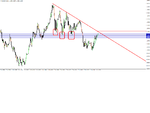forexbillions
Junior member
- Messages
- 26
- Likes
- 0
Hi
this is my position on EUR/USD
Currency: EUR/USD (2017.04.21)
Type: Buy
Entry: 1.0717
TP: 1.0777
SL: 1.0623
http://forexbillions.com/wp-content...in-EURUSD-EURNZD_body_Picture_1.png.full_.png
this is my position on EUR/USD
Currency: EUR/USD (2017.04.21)
Type: Buy
Entry: 1.0717
TP: 1.0777
SL: 1.0623
http://forexbillions.com/wp-content...in-EURUSD-EURNZD_body_Picture_1.png.full_.png



